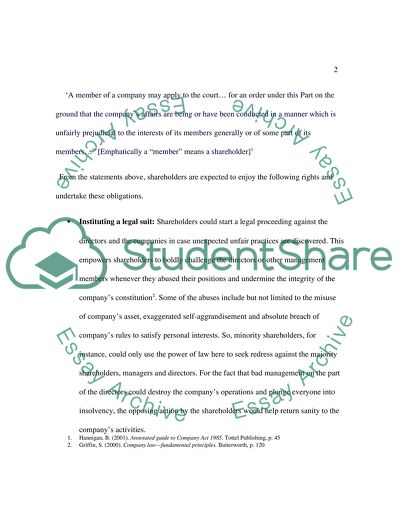Cite this document
(“A Statutory Contractual Relationship in a Company Research Paper”, n.d.)
A Statutory Contractual Relationship in a Company Research Paper. Retrieved from https://studentshare.org/law/1561661-company-law-essay-questoin
A Statutory Contractual Relationship in a Company Research Paper. Retrieved from https://studentshare.org/law/1561661-company-law-essay-questoin
(A Statutory Contractual Relationship in a Company Research Paper)
A Statutory Contractual Relationship in a Company Research Paper. https://studentshare.org/law/1561661-company-law-essay-questoin.
A Statutory Contractual Relationship in a Company Research Paper. https://studentshare.org/law/1561661-company-law-essay-questoin.
“A Statutory Contractual Relationship in a Company Research Paper”, n.d. https://studentshare.org/law/1561661-company-law-essay-questoin.


